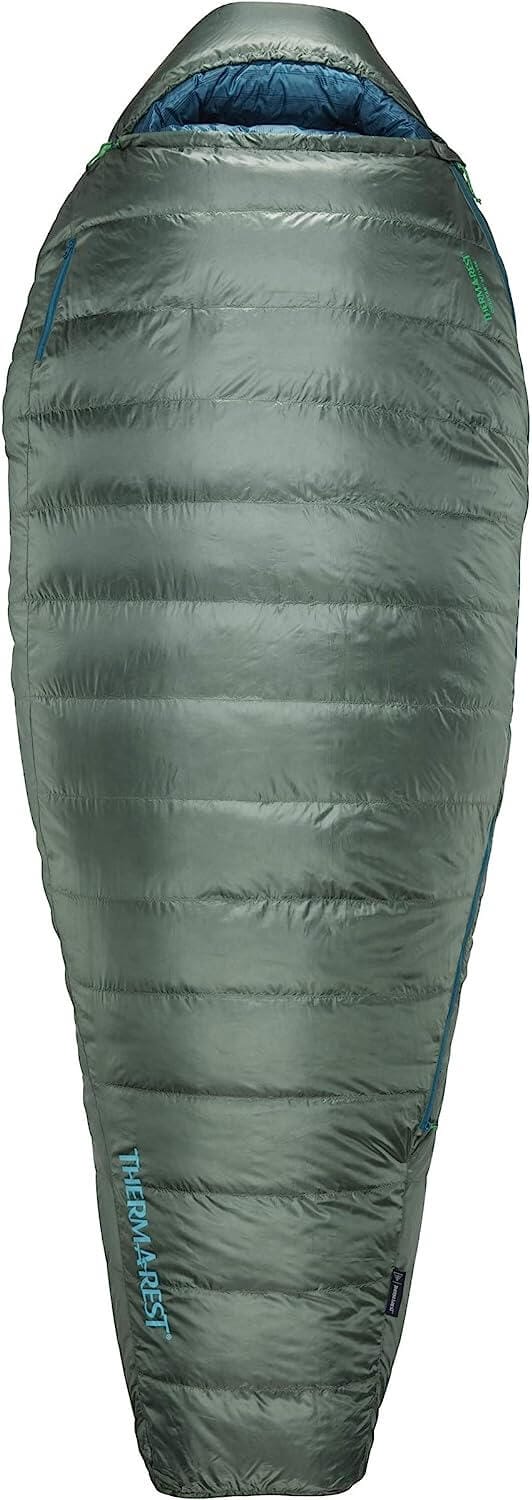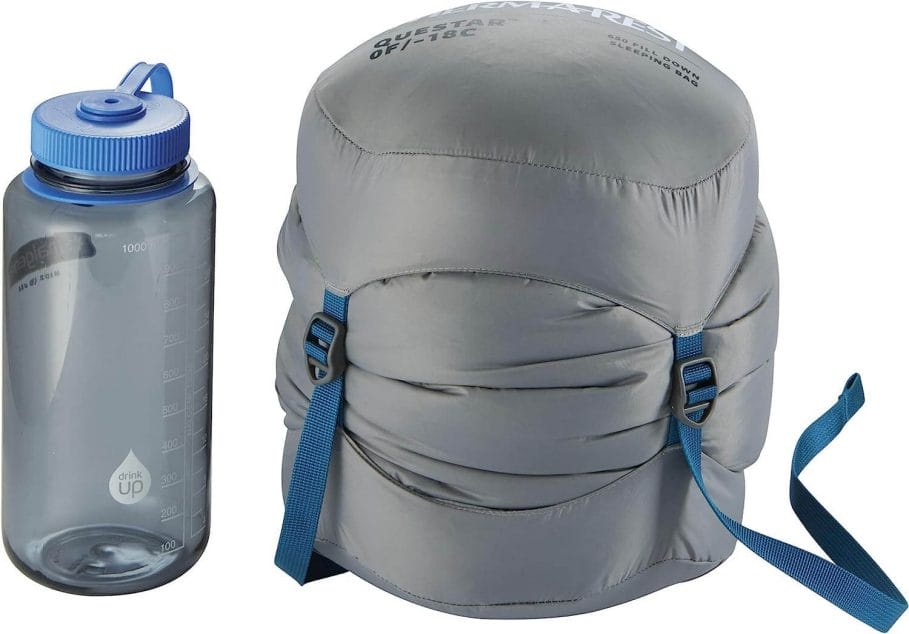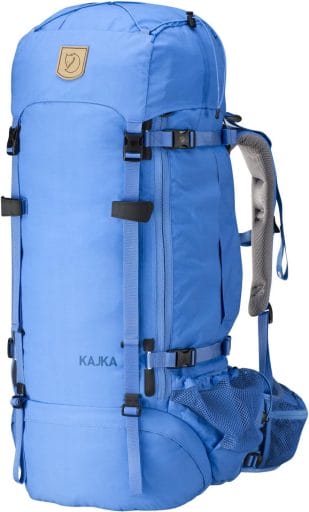Wild camping in the Lake District is an experience that every outdoor enthusiast should have on their bucket list. The Lake District is one of the most popular national parks in the UK, known for its stunning landscapes, picturesque lakes, and rugged mountains. Wild camping, which is the act of camping in the wilderness outside of designated campsites, is a great way to experience the beauty of the Lake District in a more intimate way.
Before embarking on a wild camping trip in the Lake District, it’s important to understand the rules and regulations surrounding this activity. Wild camping is technically not permitted anywhere in the Lake District without prior permission from the landowner. But, there are certain areas where wild camping is tolerated as long as campers follow certain guidelines.
In this travel guide, I’ll provide you with a comprehensive guide to wild camping in the Lake District, including everything you need to know about finding the best locations, essential gear, safety measures, and legal considerations.
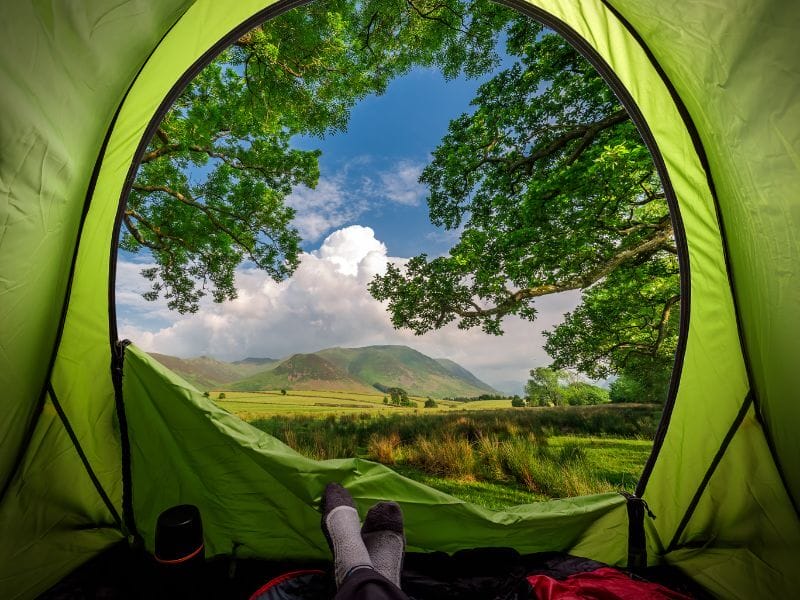
Things to remember:
- Wild camping in the Lake District is not permitted unless you have prior permission from the landowner.
- There are certain areas in the Lake District where wild camping is tolerated as long as campers follow certain guidelines.
- To ensure a safe and enjoyable wild camping experience in the Lake District, it’s important to have the right gear, follow safety measures, and be aware of the environmental considerations and legal aspects surrounding this activity.
What is Wild Camping?
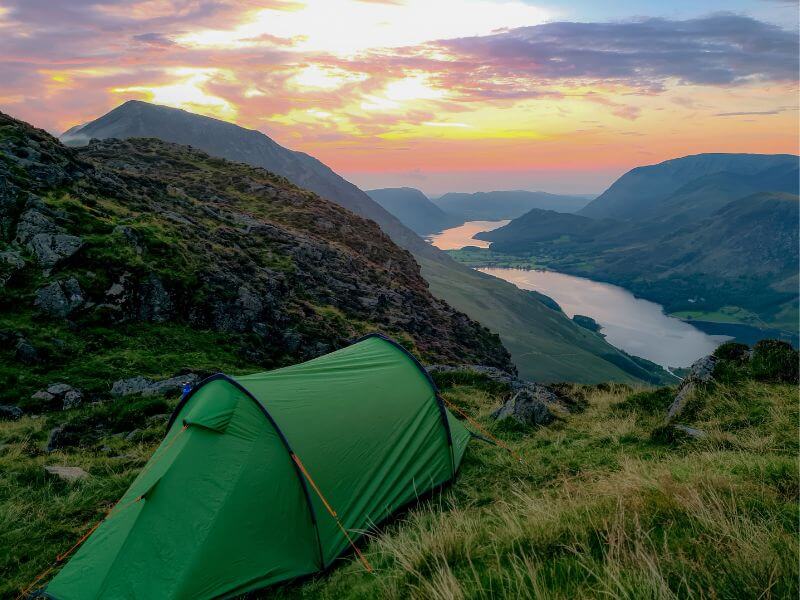
Wild camping is a great way to experience the beauty of the Lake District. It involves setting up camp in a remote, natural location rather than in a designated campsite. So you can save money while enjoying nature. However, it is important to understand the rules and regulations before embarking on a wild camping trip.
Is Wild Camping Legal in the Lake District?
Wild camping is technically not permitted anywhere in the Lake District without prior permission from the landowner.
Where Can You Wild Camp in the Lake District?
Most of the Lake District is on private land, and there is no wild camping allowed on the small bits of public land. However, there are some areas where wild camping is permitted. These include:
- Lake District National Park Authority campsites
- Forestry England campsites
- Some private land with the landowner’s permission
What Are the Rules for Wild Camping?
If you do decide to go wild camping, there are some rules you need to follow to ensure you are respectful of the environment and other people:
- Camp above the highest fell wall (approximately 400m or 1200 feet high) and away from any buildings or other wild campers.
- Don’t camp next to streams or springs to avoid contaminating the water.
- Arrive late in the day (dusk) and move on at dawn.
- Keep your group size small and avoid making noise.
- Take all your litter with you and don’t damage the environment.
By following these rules, you can help preserve the beauty of the Lake District for future generations to enjoy.
Reasons to go wild camping in the Lake District
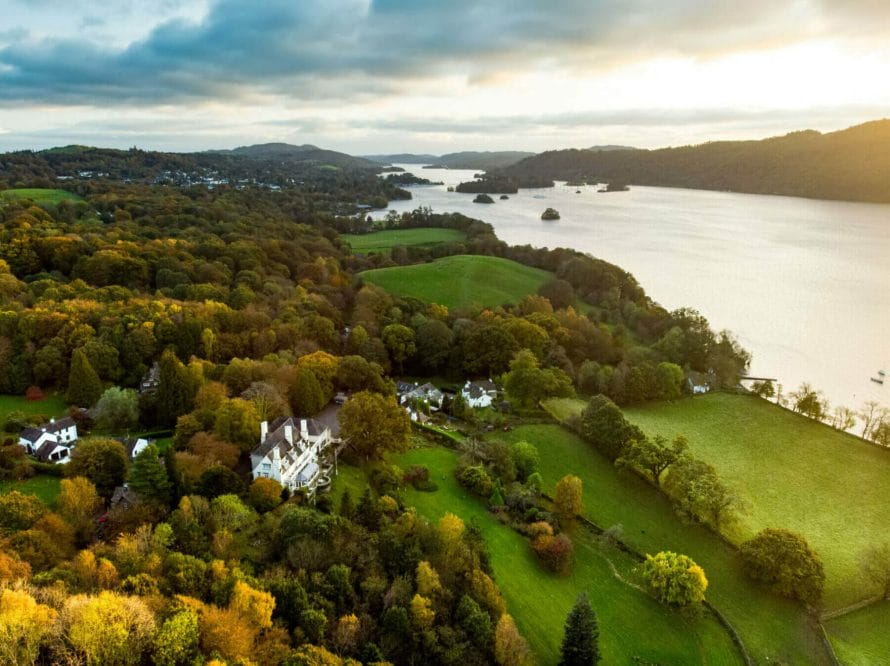
If you’re looking for a stunning location to go wild camping, you can’t go wrong with the Lake District. Located in the northwest of England, the Lake District is a National Park that boasts some of the most breathtaking scenery in the country. With its crystal-clear bodies of water, towering mountains, and picturesque villages, it’s a prime location for outdoor enthusiasts and landscape photographers.
The Lake District is home to over 200 fells, which are essentially hills or mountains. The highest of these is Scafell Pike, which stands at an impressive 978 meters tall. The fells offer a range of challenges for hikers and climbers, from gentle walks to more strenuous climbs. Many of the fells offer incredible views of the surrounding landscape, making them the perfect spot for wild camping.
In addition to the fells, the Lake District is also home to 16 lakes, including Windermere, Coniston Water, and Ullswater. These lakes offer a range of activities, from swimming and fishing to kayaking and sailing. There are also plenty of campsites located around the lakes, making it easy to combine wild camping with more traditional camping if you prefer.
The Lake District is an amazing place and is one of my favorite places in England to go for landscape photography. Whether you’re an experienced hiker or a first-time camper, there really is so much to do here + it’s a beautiful place to visit.
Ideal Locations for Wild Camping in Lake District
If you’re looking for a great spot to pitch your tent and enjoy the outdoors, the Lake District is one of the best places to go wild camping in the UK. With its stunning scenery and varied terrain, there are plenty of ideal locations to choose from.
Helvellyn
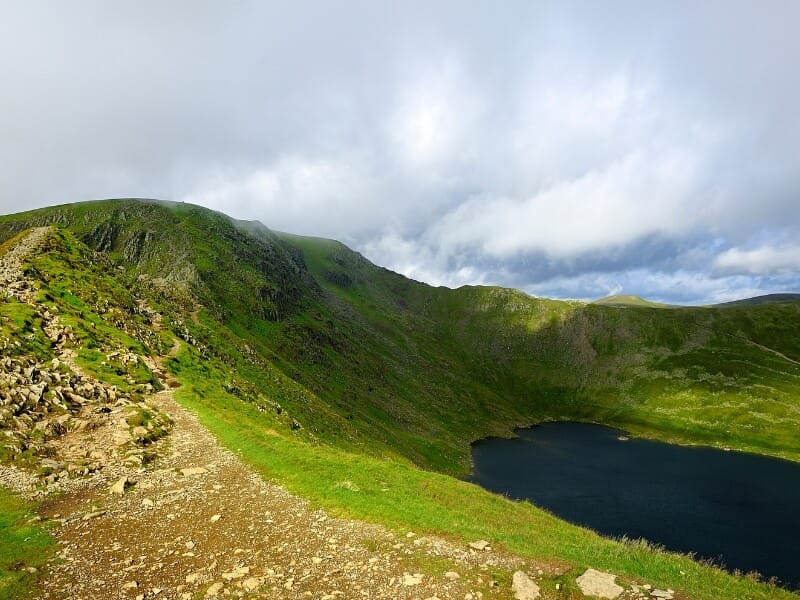
Helvellyn is one of the most popular mountains in the Lake District and it’s also a great spot for wild camping. The mountain stands 950 meters tall and offers stunning views of the surrounding area.
There are several camping spots along the way to the summit, including Red Tarn and Swirral Edge. Just be aware that it can get very busy during peak season, so try to avoid camping here on weekends.
Great Langdale
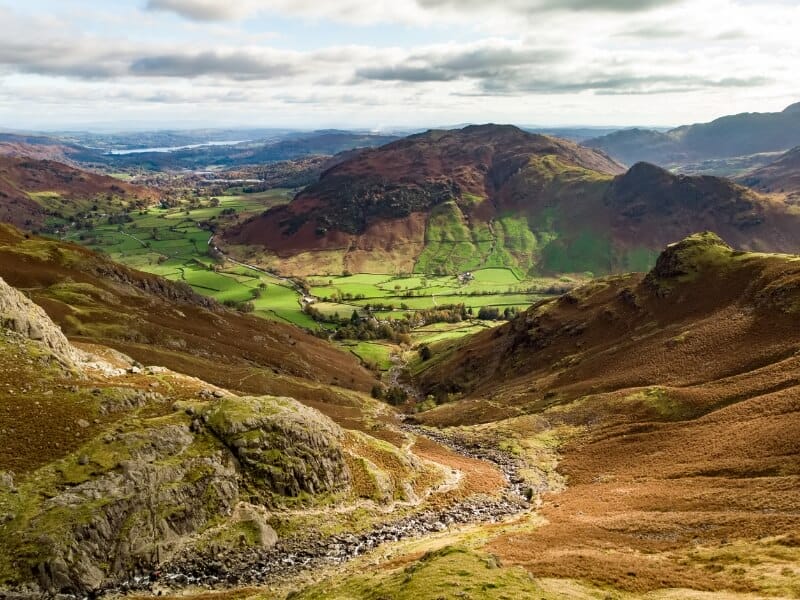
Great Langdale is a valley in the central part of the Lake District and is home to some of the most stunning scenery in the area. It’s a great spot for wild camping, with plenty of secluded spots to pitch your tent.
There are also several popular hiking trails in the area, including the Langdale Pikes and Bowfell. If you choose to camp here, make sure that you’re not camping near the road, or on the trails.
You could explore Langdale Valley with this tour. The tour will take you on a guided walk around the area, visiting both Little Langdale and Great Langdale & many other areas in the valley.
Wasdale

Wasdale is a remote valley in the western part of the Lake District and is home to some of the highest mountains in England, including Scafell Pike. It’s a great spot for wild camping, with plenty of secluded spots to pitch your tent. There are also several popular hiking trails in the area, including the route up Scafell Pike.
Essential Wild Camping Gear
When heading out for a wild camping trip in the Lake District, it’s important to have the right gear to ensure your safety and comfort. Here are some essential items you should consider bringing:
Tent
A good quality tent is essential for wild camping. It should be lightweight, easy to set up, and able to withstand the elements. Look for a tent with a waterproof outer layer, good ventilation, and enough space to comfortably fit you and your gear.
A lightweight tent can get expensive, but if your budget can stretch something like this MSR Hubba Hubba 1-Person tent is good quality + lightweight (weighs only 2lb/950 grams).
For lower budgets, a NatureHike 1 or 2-person season 3 tent is really good value for money. The NatureHike 1-person tent only weighs 2.34lb/1.06kg, and the 2-person tent weighs 2.98lb/1.35kg
Sleeping Bag
A warm and comfortable sleeping bag is crucial for a good night’s sleep. Choose a bag that is rated for the lowest temperature you expect to encounter on your trip. Consider the weight and packability of the bag as well, as you’ll need to carry it with you.
I really recommend getting something that compresses so it’s really compact such as this the Therm-a-Rest Questar which is rated for 0F/-18C. It compacts really tight as shown in the photos below.
Sleeping Pad
A sleeping pad provides insulation and cushioning between you and the ground. Look for a pad that is lightweight and compact, yet still provides enough comfort and support for a good night’s sleep.
I personally like self-inflating ones, as they quickly add extra padding without much extra weight. My favorite sleeping pad is the Big Agnes Divide Insulated, which is super lightweight. I use a regular-sized one that weighs only 1.7 pounds.
Backpack
A good quality backpack is essential for carrying all of your gear. Look for a pack that is comfortable to wear and fits well, with adjustable straps and a padded back panel. Consider the size of the pack as well, as you’ll need to fit all of your gear inside.
If you’re bringing camera gear, I recommend getting a Lowepro camera + hiking bag, such as this. They’re not cheap but they’re really good bags, and they last forever.
When it comes to hiking bags I swear by Fjallraven. They’re a Swedish brand that creates high-quality hiking + outdoor goods. Their bags are amazing quality, and while they’re expensive they will last you a lifetime if you take care of them. The Fjallraven Kajka 65W bag is available online here.
Food and Water
Bring plenty of food and water with you on your trip. Plan your meals ahead of time and choose lightweight, non-perishable foods that are easy to prepare. Bring a water filter or purification tablets to ensure you have access to clean drinking water.
Clothing
Pack clothing that is appropriate for the weather conditions you expect to encounter. Bring layers that can be easily added or removed as needed, and choose materials that are lightweight, breathable, and quick-drying.
Navigation
Bring a map and compass, and make sure you know how to use them. Consider bringing a handheld GPS device such as the Garmin eTrex 10. Don’t rely on a smartphone as batteries do run out + smartphones can easily break.
First Aid Kit
A basic first aid kit is essential for any camping trip. Include items like bandages, gauze, antiseptic, and pain relievers. Make sure you know how to use everything in your kit before you head out.
Headlamp or Flashlight
A headlamp or flashlight is essential for navigating in the dark. Choose a lightweight, durable option with a long battery life.
Emergency Gear
Bring emergency gear like a whistle, a signal mirror, and a fire starter. Make sure you know how to use these items in case of an emergency.
By packing these essential items, you’ll be well-prepared for a safe and comfortable wild camping trip in the Lake District.
Safety Measures for Wild Camping

When planning for a wild camping trip in the Lake District, safety should be your top priority. Here are some safety measures to consider:
1. Plan Your Route and Inform Someone
Before embarking on your wild camping trip, plan your route and inform someone of your plans. This could be a friend, family member, or the local authorities. Let them know where you plan to camp, when you plan to return, and your expected route. This will help in case of an emergency.
2. Check the Weather Forecast
The weather in the Lake District can be unpredictable, so it’s important to check the forecast before setting out. Be prepared for rain, wind, and cold temperatures. Pack appropriate clothing and gear to keep you warm and dry.
3. Choose a Safe Campsite
When choosing a campsite, make sure it’s safe. Avoid camping near steep cliffs, unstable rocks, or bodies of water. Look for a flat, dry area away from potential hazards.
4. Set Up Your Tent Properly
Make sure you set up your tent properly. Choose a level area and use tent pegs to secure it to the ground. Make sure the tent is properly ventilated and away from any potential hazards.
5. Store Food Properly
When camping in the Lake District, it’s important to store your food properly to avoid attracting wildlife. Use bear canisters or hang your food from a tree at least 100 meters away from your campsite.
By following these safety measures, you can ensure a safe and enjoyable wild camping experience in the Lake District.
Environmental Considerations
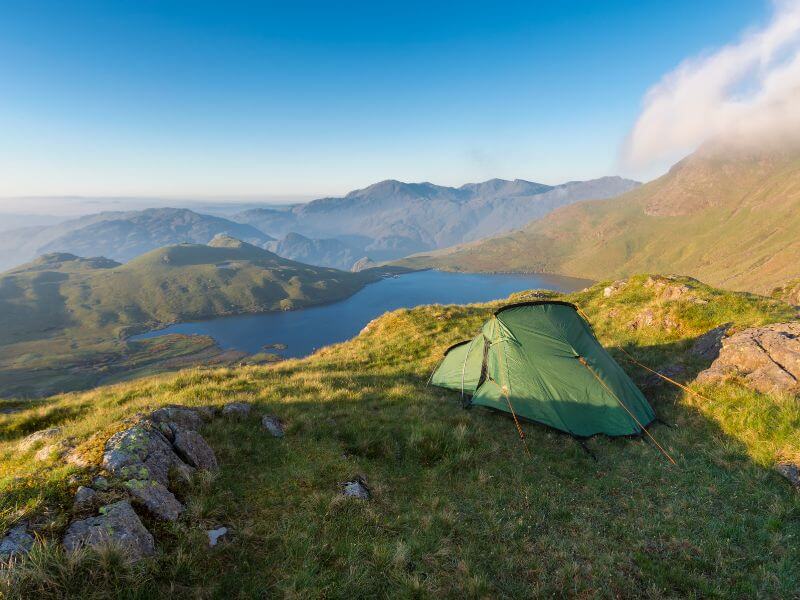
When wild camping in the Lake District, it’s important to be mindful of the environment and minimize your impact on the natural surroundings. Here are a few things to consider:
Leave No Trace
The Leave No Trace principle is essential when it comes to wild camping. This means that you should pack out everything you bring with you, including food waste, toilet paper, and any other trash. Don’t bury or burn your waste, as this can harm the environment and wildlife.
Campsite Selection
When choosing a campsite, be sure to follow the guidelines set by the National Trust and Lake District National Park Authority. Avoid camping near streams or springs to prevent water contamination. Camp above the highest fell wall (approximately 400m or 1200 feet high) and away from buildings or other campers to minimize your impact on the environment.
Fire Safety
Campfires are not permitted in the Lake District, so bring a stove for cooking. If you do need to start a fire for emergency purposes, be sure to use a stove or fire pan and keep it small. Use only dead and downed wood and make sure to completely extinguish the fire before leaving.
Respect Wildlife
The Lake District is home to a variety of wildlife, including deer, red squirrels, and birds of prey. Respect their habitat by keeping a safe distance and not disturbing them. Avoid feeding wildlife, as this can cause them to become reliant on humans for food and disrupt their natural behavior.
Respect Other Campers
When wild camping, it’s important to respect other campers and their right to enjoy the outdoors. Keep noise levels down, camp away from others, and follow the guidelines for campsite selection.
Legal Aspects of Wild Camping in Lake District
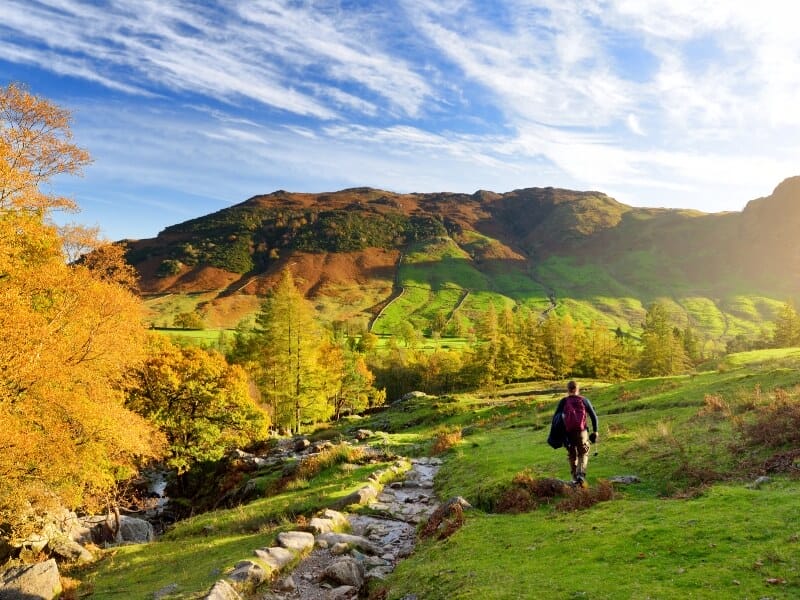
When it comes to wild camping in the Lake District, it’s important to understand the legal aspects to avoid any issues with the authorities. Here are some key points to keep in mind:
Permission
Wild camping is technically not permitted anywhere in the Lake District without prior permission from the landowner. As the National Park Authority, they do not have the power to allow camping. Therefore, it’s essential to obtain permission from the landowner before setting up camp.
Tolerance
While wild camping is not technically legal in the Lake District, it’s considered acceptable behavior if you follow a strict set of unwritten rules. The only circumstance where wild camping is legal is when you have permission from the landowner, but this can often be difficult to obtain.
Fly Camping
It’s important to know the difference between true wild camping and illegal fly camping. Fly camping is when you camp without permission, and it’s considered illegal. It can result in fines or legal action taken against you.
Leave No Trace
When wild camping, it’s crucial to leave no trace behind. This means packing out all your trash, not damaging the environment, and not disturbing wildlife. The Lake District is a protected area, and it’s essential to respect the natural beauty of the region.
Campfires
Campfires are not allowed in the Lake District, and you should not light them. Instead, use a camping stove for cooking. Be aware of fire hazards and avoid leaving any hot coals or embers behind.
Wild Camping Etiquette

When wild camping in the Lake District, it is essential to follow the principles of Leave No Trace. This means that you should leave the area as you found it, without leaving any trace of your presence. Here are some tips to help you practice good wild camping etiquette:
- Camp in designated areas: Wild camping is not permitted everywhere in the Lake District, so make sure you camp in designated areas where it is allowed. Check the National Park Authority website for a list of these areas.
- Respect the environment: When choosing a camping spot, avoid disturbing the local flora and fauna. Don’t camp too close to streams or lakes, and try to minimize your impact on the environment.
- Be quiet and respectful: Keep noise levels down, especially in the evening and early morning. Respect other campers’ privacy and space, and don’t camp too close to others without their permission.
- Use a stove, not a fire: Open fires are not allowed in most wild camping areas in the Lake District. Use a camping stove instead, and make sure you dispose of your waste properly.
- Pack out all your rubbish: Don’t leave any rubbish behind, even if it is biodegradable. Take all your waste with you and dispose of it properly when you return to civilization.
- Be considerate of others: Remember that you are sharing the camping area with others. Be considerate of their needs and space, and don’t disturb them unnecessarily.
By following these simple guidelines, you can enjoy a great wild camping experience in the Lake District while minimizing your impact on the environment and respecting other campers’ rights.
Wild camping in the Lake District can be an incredible adventure for those who love the great outdoors. However, it is important to remember that this type of camping is not for everyone. You need to be prepared and follow the rules to ensure that you have a safe and enjoyable experience.
When choosing a campsite, remember the tips I’ve shared & that it is important to keep it low-key and leave no trace. This means that you need to be respectful of the environment and the wildlife that lives there.
You should also come prepared with all the necessary equipment, including a good quality tent, sleeping bag, and camping stove. With the right equipment and a respectful attitude towards the environment, you can have a truly unforgettable adventure in one of the most beautiful regions of the UK.
Tours you may enjoy
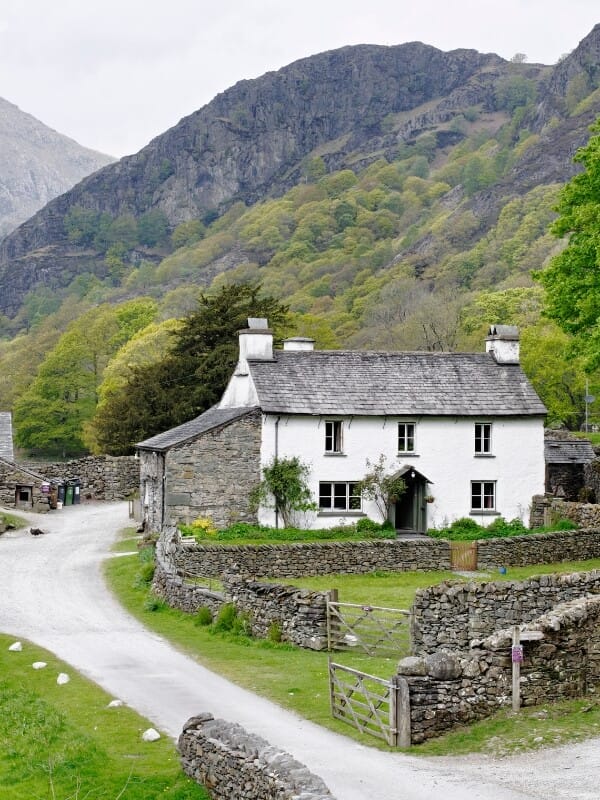

To make the most out of your trip to the Lake District, why not do some tours? There’s a great selection of tours + activities you could consider, from hiking to kayaking to learning about Beatrix Potter.
| Tour | ⭐ Rating | Duration | |
|---|---|---|---|
| Beatrix Potter’s Half Day Tour + Windermere Lake Cruise | 4.5/5 ⭐ | Half Day (4 hour 30 min) | Book Here |
| Private Sailing Experience on Lake Windermere | 5/5 ⭐ | 2 hours | Book Here |
| Six Lakes Tour | 5/5 ⭐ | 4 Hours | Book Here |
| Full Day Ten Lakes Tour of the Lake District | 5/5 ⭐ | Full Day (8 hour 30 min) | Book Here |




